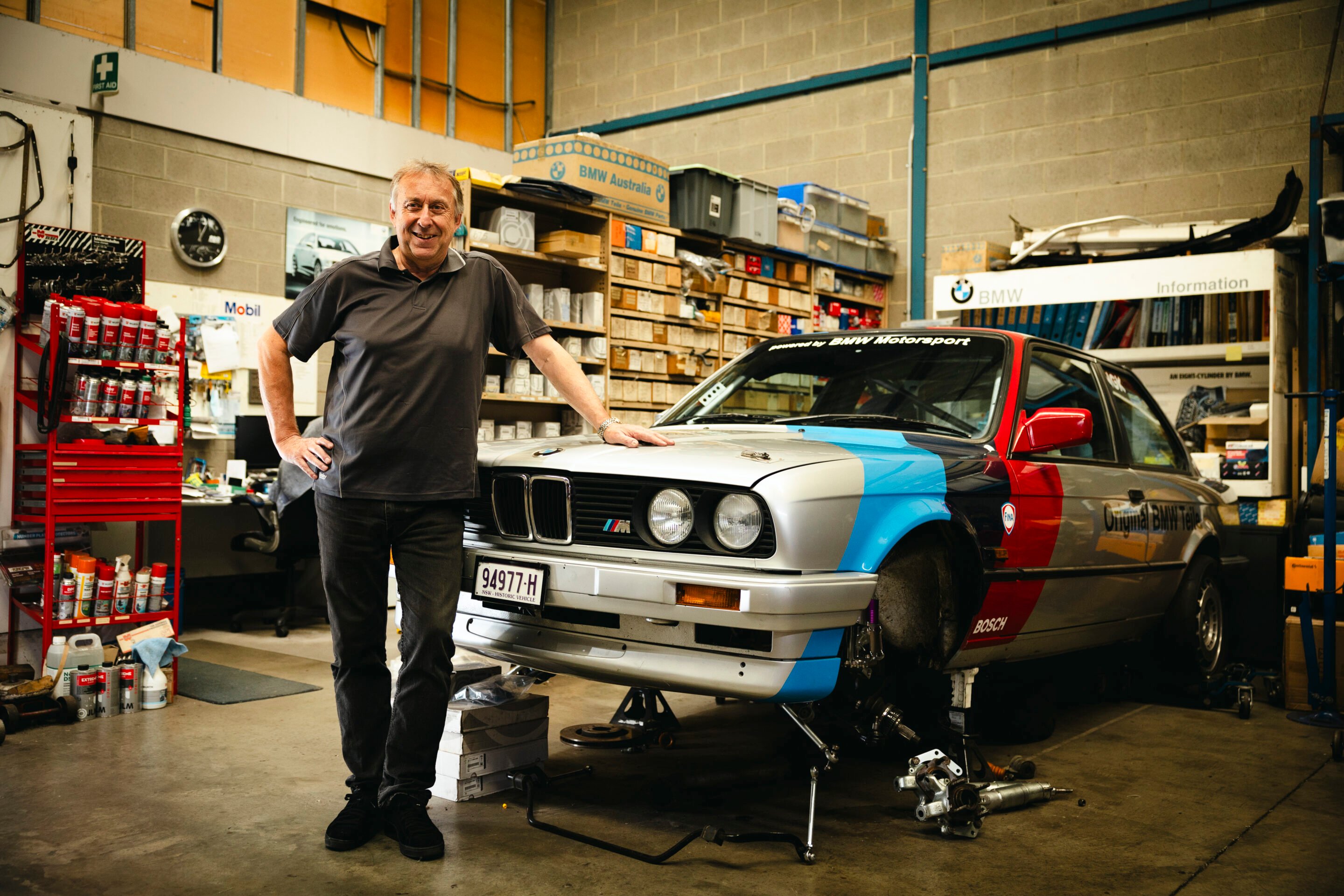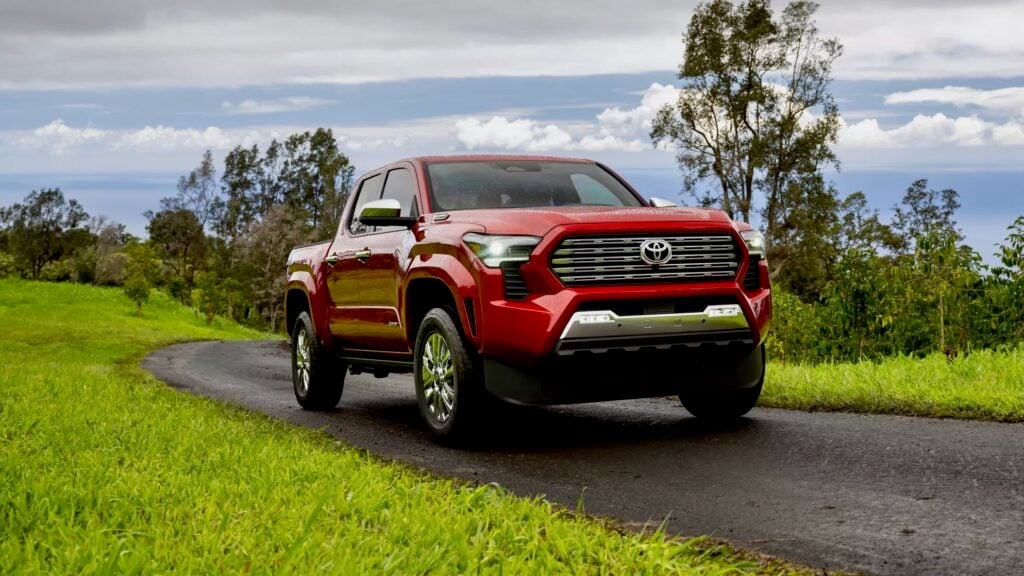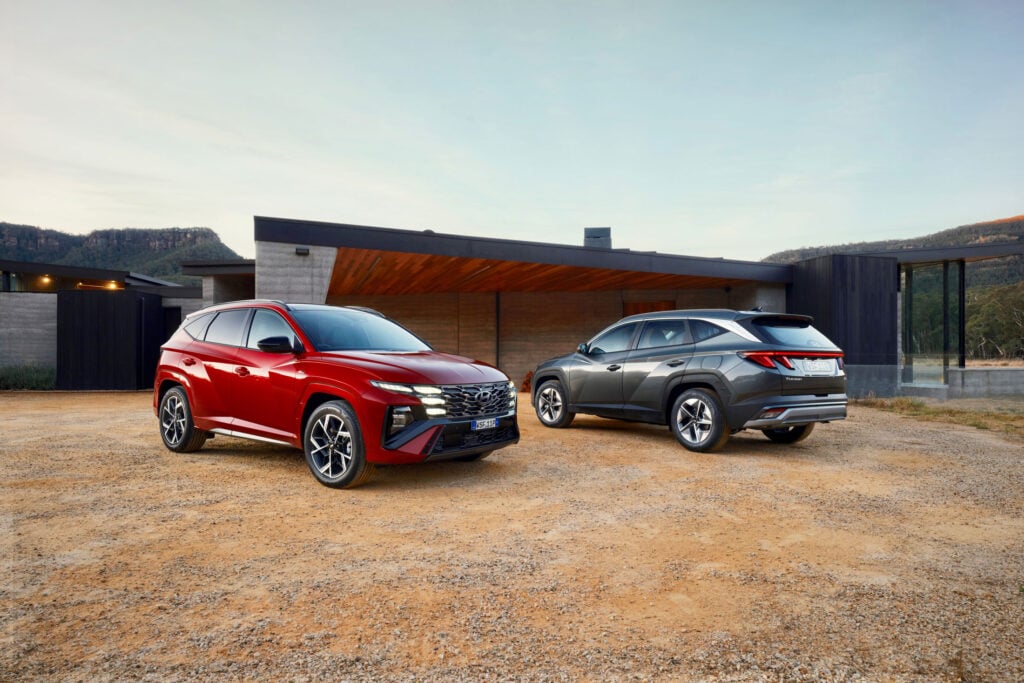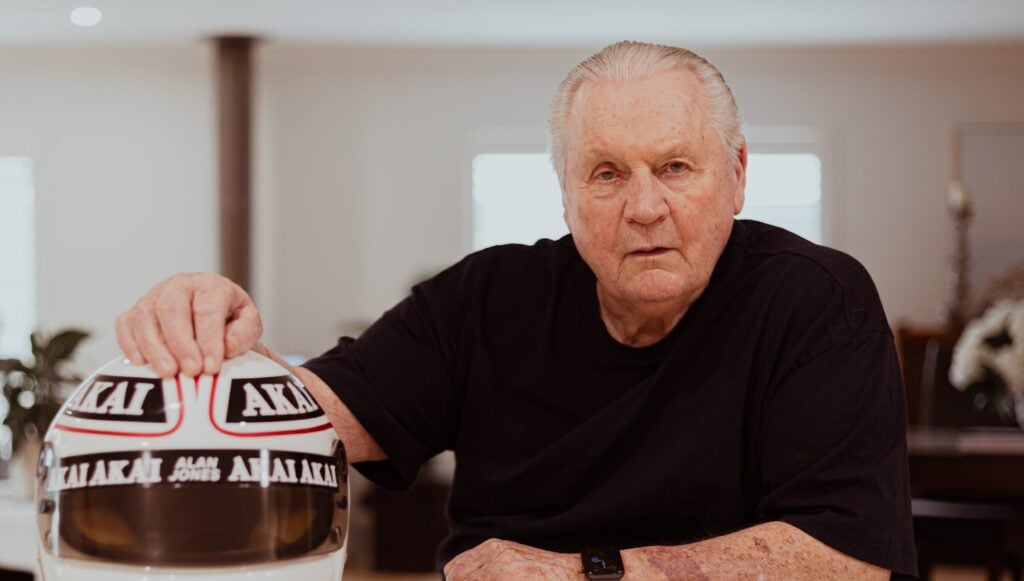Sliding sideways down a narrow gravel track, in a pitch-back forest with a battery of ice-white pencil beams pointing the way, is not the traditional path to a career in automotive engineering.
Then again, it quickly tells you what makes a car tick. Speed is one thing, but a successful competition car also needs to be reliable, trustworthy and, most of all, easy to drive. Those same basics are also essential for successful track laps at the daunting Nürburgring in super-quick Toyota Supras and a bunch of quick little Kia cars.
Graeme Gambold knows it better than anyone, because the Melbourne engineer has managed to translate a moderately successful run in rallying into some of the best driving cars in Australia today. What’s more, he did it without ever completing the engineering degree he began at Swinburne University of Technology, choosing very industry-specific training within the research-and-development areas of the automotive world. Instead of taking a broad-brush approach to his engineering career, he dived deeply into vehicle and production engineering with a hands-on approach to learning.
“So much of my career is not about university, or what I did with manufacturers. The ladders I’ve been offered to climb in the industry have all come from my rally and motorsport interest,” Gambold tells Wheels.
“And that’s a contrast to most others in the industry who are graduate corporates. Even today, that’s what I use, not what I learned from books. Everything I’ve done and achieved you can chase back to my rallying.”

Gambold might be old-school, but he is also bang-up-to-date and a worldwide authority on vehicle dynamics. He’s a 30-year veteran of the Society of Automotive Engineers and can crunch the numbers with the best in his business.
“I use my mathematics and engineering training every day. It’s vital to be able to relate it all back to the physics. You have to have the numbers, not just an opinion. Engineering means having the ability to relate what a vehicle is doing to the kinematics.”
Other people might know what a good car feels like, but Gambold knows how to make it feel that way. He can even transform a humble Kia Cerato into a car he rates alongside a Lotus for driving enjoyment.
“Most people have no idea what the Cerato can do. But get it on a nice twisty road and you can find out,” he says.
People like Gambold are the real success story from the days of major car making programs in Australia, even if their numbers are thinning since the death of local development on cars like the Ford Falcon and Holden Commodore. They faced unique challenges on some of the world’s worst roads, with cars which could be tweaked and tuned for local drivers and conditions.
He began as a youngster at Nissan Australia, was then head-hunted for a global role at Toyota – as well as some basic development stuff on cars like the Camry for Australia – before earning a leadership role for Kia suspension development after a one-off commission in Australia. He has become a key player in South Korea and that includes the upcoming Kia Tasman pick-up. Even if he is not allowed to talk about it, it’s obvious he has been involved in the basic layout of the Tasman, then the in-the-field testing in Australia.
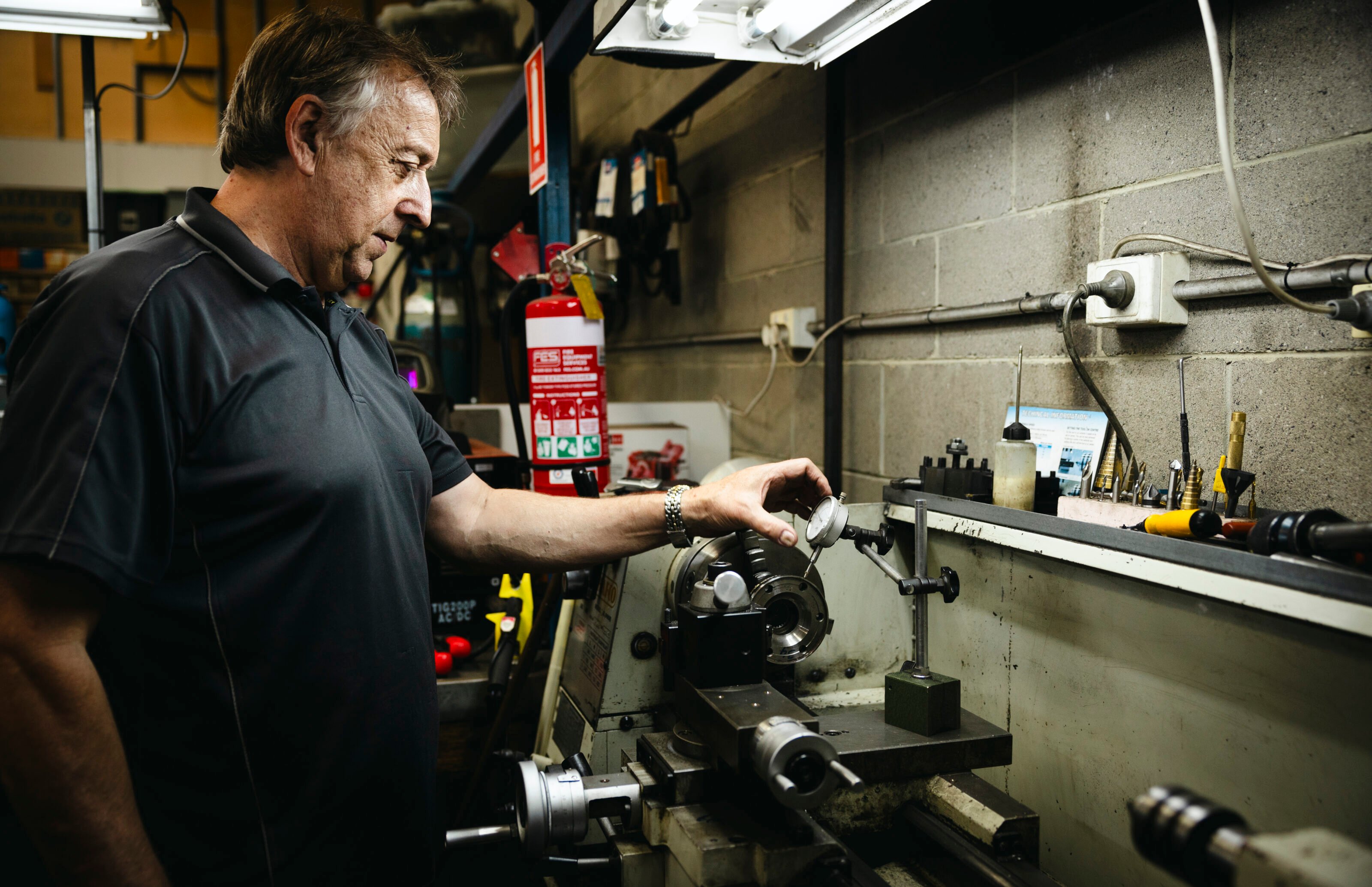
Gambold also has a prominent side hustle – although he might not call it that – as the chief engineer at the Southern Hemisphere Providing Ground. It’s a site that’s better known as the ‘Snow Farm’, outside Queenstown in New Zealand, and is used by many of the world’s major carmakers for cold-weather testing during the European summer. Luxury brands, including BMW and Mercedes-Benz, also take their owners to the Snow Farm to allow them to experience their cars on the limit in a safe and controlled environment.
Graeme Gambold was born into motoring, as his father Gordon ran a garage in Melbourne and he was hustled up to Bathurst before his first birthday. They went every year until he was in his teens.
“I grew up at Templestowe hillclimb, watching Peter Brock and Harry Firth do their stuff. I also have vivid memories of the London-to-Sydney marathon, visiting the service park and seeing the cars. I idolised (Australian rally champions) Geoff Portman and Ross Dunkerton.
“In 1983 I bought my first car, which was a Datsun 1600 that someone had rolled. Dad’s panel beater put a roof on it and I went out and won the Victorian clubman rally championship.”
But there was also education, as he started primary school close to home in Glen Waverley – where he still lives and operates Gambold Engineering Services with Helen, his wife of 40 years – before graduating to Swinburne. It was at Swinburne that his rally connections set his career path as one of his lecturers, Monty Suffern, was a national champion co-driver in a factory Nissan Stanza alongside George Fury. He sent Gambold to see some of his connections at Nissan Australia.
“They wanted me to be a vehicle dynamacist. They all said there were plenty of engineers but very few test drivers.”
Gambold would soon also be rubbing shoulders with Fred Gibson and Mark Skaife, working on the Nissan Skyline GTS which was developed by a Special Vehicles division at Clayton that eventually also turned the GT-R into the ‘Godzilla’ road version for Australia under the leadership of successful designer, Paul Beranger.
“I did a bit of testing with Mark Skaife at Winton on the GTS. They advised me not to get into motorsport because it was too fickle. They said ‘If you want a family and to buy a house, stay with an OEM (Original Equipment Manufacturer)’.”
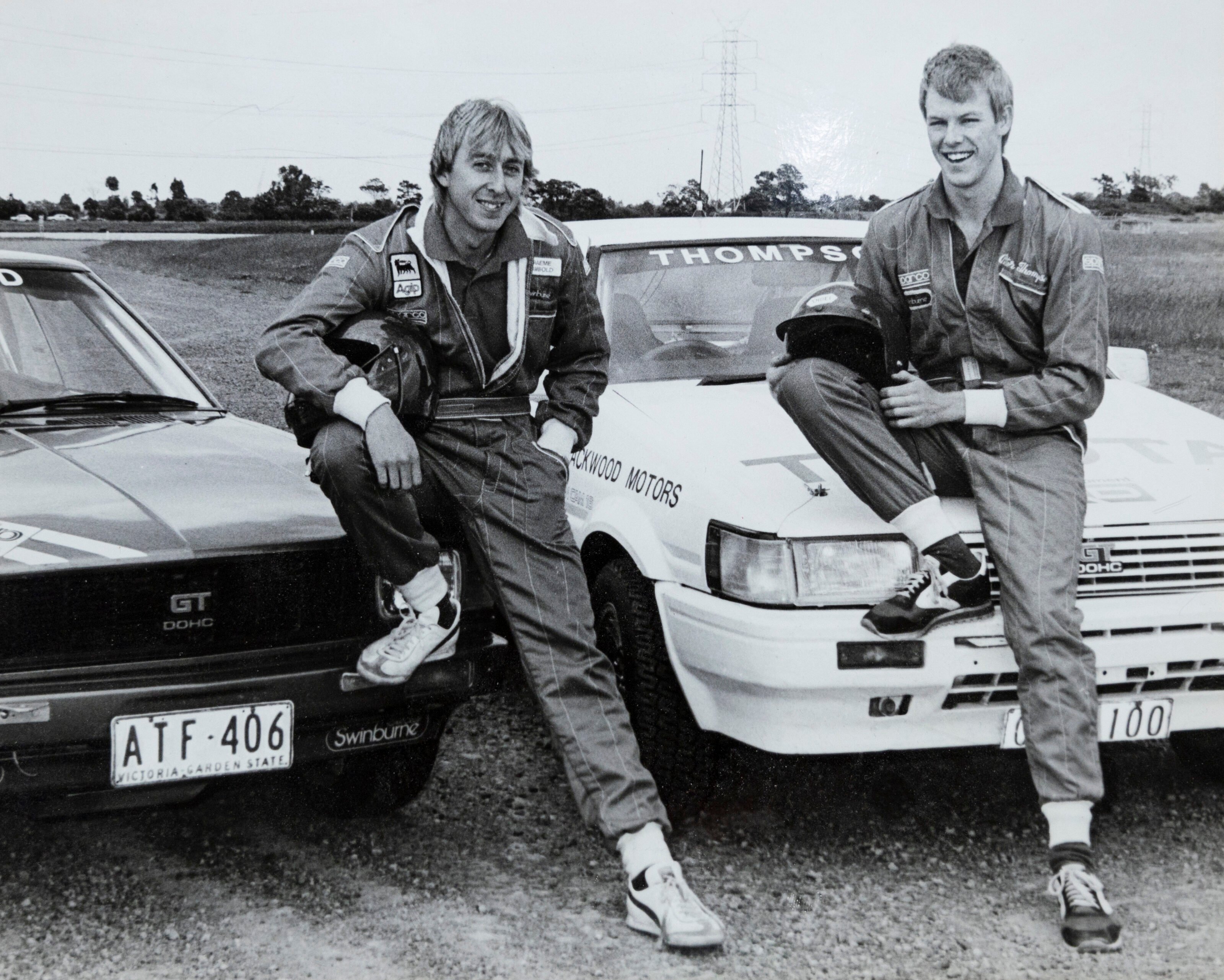
Even so, he had a ‘gap year’ to go rallying and also travelled to Indonesia and Europe, eventually adding a Toyota T-18 and also a four-wheel drive BMW 325ix – which is still in the workshop – to his resume.
His next career move was to Toyota Australia, in the early 1990s, with the chance to do some basic suspension development work.
“I hated it. It was work on the Corolla. Nissan was a real engineering company and Toyota was a white goods company. That culture just didn’t sit well with me.”
But Gambold’s reputation had reached some important people in Japan, and Toyota became his future – with a twist. “I got an approach from the Australian Representative Office, from the Japanese. They wanted me to go and work in vehicle dynamics on some new Lexus project. It was the original Lexus IS, to go head-to-head with the Germans.
“So I never really worked for Toyota Australia, I worked with Toyota Japan. My position was not working on Camry and Corolla, it was other projects.”
He clocked up plenty of frequent flyer points as he spent a lot of time at the Shibetsu proving ground, in the northern island of Hokkaido. His mentor was Hiromu Naruse, a legendary Toyota engineer who was sadly killed in an LF-A road crash close to the Nürburgring.
“I was just having the grandest old time. I was in the Lexus Vehicle Advanced Dynamic Group. It was basically a group of specialist test drivers who audited and screened cars before they went into production. We did all the cold-weather testing at Shibetsu with a lot of high-speed work and hot testing in Australia.”
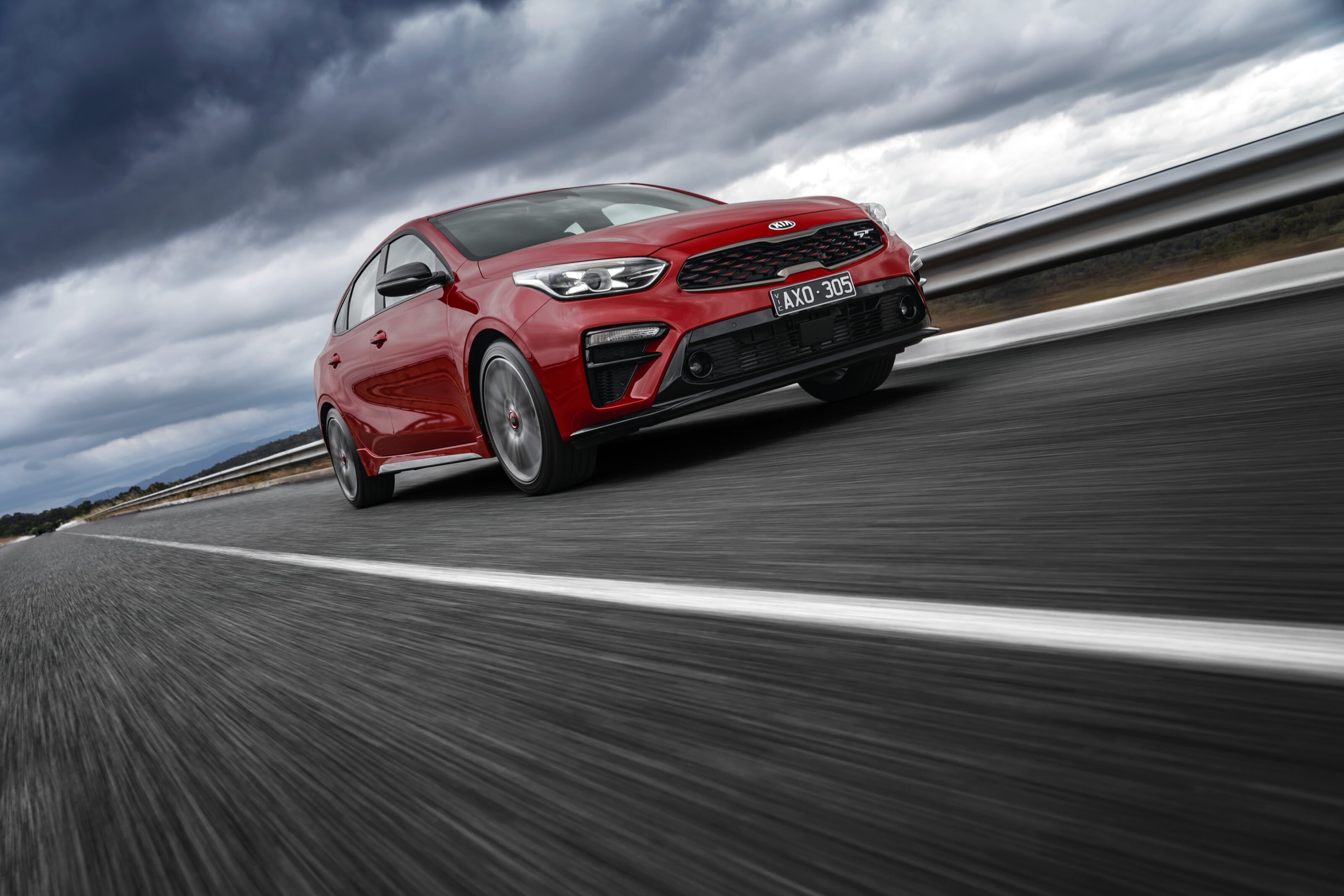
Gambold travelled the world to proving grounds in Germany, the USA and Japan, focusing on vehicle dynamics. Lexus made him a regular at the Nürburgring, where he had to qualify for a special company high-speed driving license. Even so, he also found some time to get back to rallying, driving a Celica GT-4 which had done public relations work with Carlos Sainz Snr driving, before his money ran out.
There was also a side project with a Toyota twist in the 1980s, when he did a research study on laser profiling road textures in Australia, which led to the publishing of an SAE paper. It was the engineering equivalent of a doctoral thesis, and he is proud that his 12 months of work was recognised when he presented the road surface study paper to an international SAE conference in Tokyo.
Gambold also got involved on a sports car idea from Allan Hamilton, the long-time Porsche importer for Australia, in the 1990s. It was to have been a limited-edition road car and a prototype was built and demonstrated at the Australian Formula One Grand Prix.
“That was a good project. But, in the end, it had a compromised design with Camry parts. It took the Camry engine, turned around backwards, in the back.”
Now his Toyota time was running out, in one way.
“It all got a little bit complicated, because Toyota Australia didn’t know what to do with me. I was on their head count, but they didn’t have access to me.”
Gambold was also reluctant to get involved in the cars for Australia. “They have all got their compromises, because the script is set to feed the sausage machine. But there were some great people at Toyota Australia.”
So the new way forward was as a consultant, just after the start of the new century, for the Toyota Motor Corporation.
“Toyota Japan set me up in my own business. I was offered the chance to work in Belgium on Lexus vehicle dynamics or stay in Australia and do winter testing programs. I got cold feet and we stayed in Australia.”
This was also the start of his management role at Snow Farm, which has since taken him around the world. Then, another Toyota connection, Steve Watt, who had worked with Neal Bates on his rally team, brought him to the attention of Kia Australia, which had decided it likely needed help to improve its cars for local conditions.
“I went and drove a Cerato, then Hank Lee (who was vice-president of testing and development and would eventually become president of Kia Motors) asked me what they could do to sell better in Australia. I told him to improve the driving experience,” Gambold recalls.
So away he went, with a mandate to make the changes, developing unique dampers and springs for deliveries in Australia. He pulled things apart, created new pieces for production, helped select the right tyres, and also played a big role in the crucial area of noise-vibration-harshness across the Kia range.
His work helped to transform the appeal of Kia cars, giving them sharper responses with better comfort on tough local roads, and a similar program was also adopted by Hyundai Australia.
Gambold’s suspension tuning work was eventually adopted for key countries in Europe and he now has a significant role in all engineering development work at Kia in South Korea.
“I saw Hank Lee at the global launch of the Tasman Ute. He said the success and growth in Australia was directly related to my work, which was very satisfying. But my whole life just falls before me. I don’t chase anything. It just evolves. Vehicle dynamics is my true interest and career path, and that got me ahead of other engineers.”
Now 62, Gambold has driven countless thousands of cars, but he has a few favourites.
“I didn’t have a huge amount to do with the Lexus LF-A, but it was a fantastic car. Not really representative of what they put into mass production, though, because it was a hand-built special.
For me, the best car production car was the Supra RZ, with a twin-turbo engine and Brembo brakes. We used that a lot at the Nürburgring. We had a fleet of cars at Shibetsu which we could take out. A Lancia Integrale and Supras. The early Lexus IS was what a car should be – like a BMW E30 3-Series. Toyota make some really great cars, but the current GR Yaris is really a ‘skunkworks’ project, not mainstream.
“In terms of Kia, the Stinger is pretty memorable. I also loved working on the Cerato GT – it’s just a rally car. It drives better on a track or winding country road better than a production car should. But no-one knows its actual capability.”

Gambold also has some firm ideas on the decline of engineering talent in Australia, the standard of driving on Australian roads, and the sort of new cars which do best in our showrooms.
“I’m worried that we are becoming the dumb country,” he says.
Not surprisingly, he has engineering results to back his opinions on everything from traffic snarls to the rising road toll. He also worries about the loss of the car culture which has served Australia so well for more than 100 years.
“If you’re interested in cars in this country, you’re now seen as recalcitrant and noncomformist. You’re just seen as a hoon,” he sighs. “But my career is finishing, so it doesn’t matter.”
Even so, he has a clear view of his abilities and is happy with what he has achieved.
“I’m not necessarily the fastest driver, but I can drive and evaluate a vehicle very well. A lot of the really great drivers can tell you what’s wrong, but they don’t have the vaguest idea on how to fix it.
“My job is to make a car more stable. More responsive. Safer. I can do that.”
This article originally appeared in the February 2025 issue of Wheels magazine. Subscribe here.
We recommend
-
 Features
FeaturesThe Wheels Interview: How Bernie Quinn's Premcar solves problems for some of Australia's most popular makes
Bernie Quinn was an underperforming, self-confessed ‘battler’ before he found his feet as an engineer at Ford. These days he’s the CEO of Premcar, a company he has built up with a former colleague to create uniquely Australian answers to a variety of automotive questions.
-
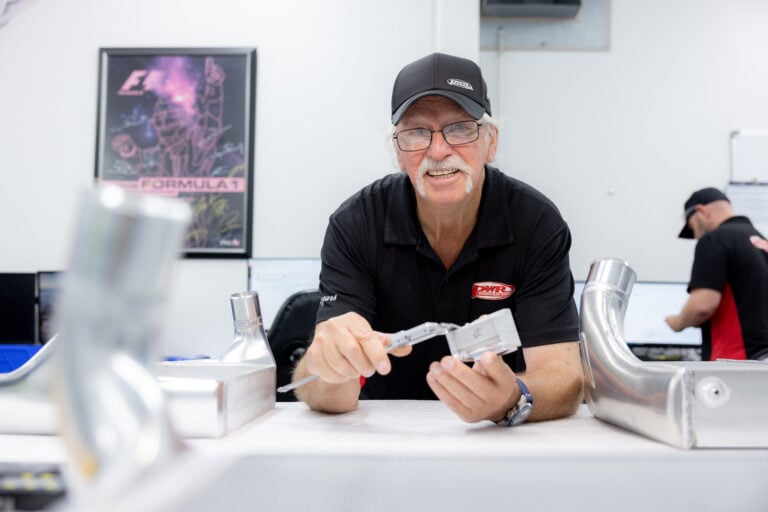 Features
FeaturesThe Wheels Interview: Meet Kees Weel, the knockabout Aussie who cools Formula 1 cars and satellites
They call him 'the radiator man' - Kees Weel is a Dutch immigrant who discovered he had a way with car radiators and has now built a $1 billion Aussie business providing cooling solutions to an amazing array of high-profile clients.

